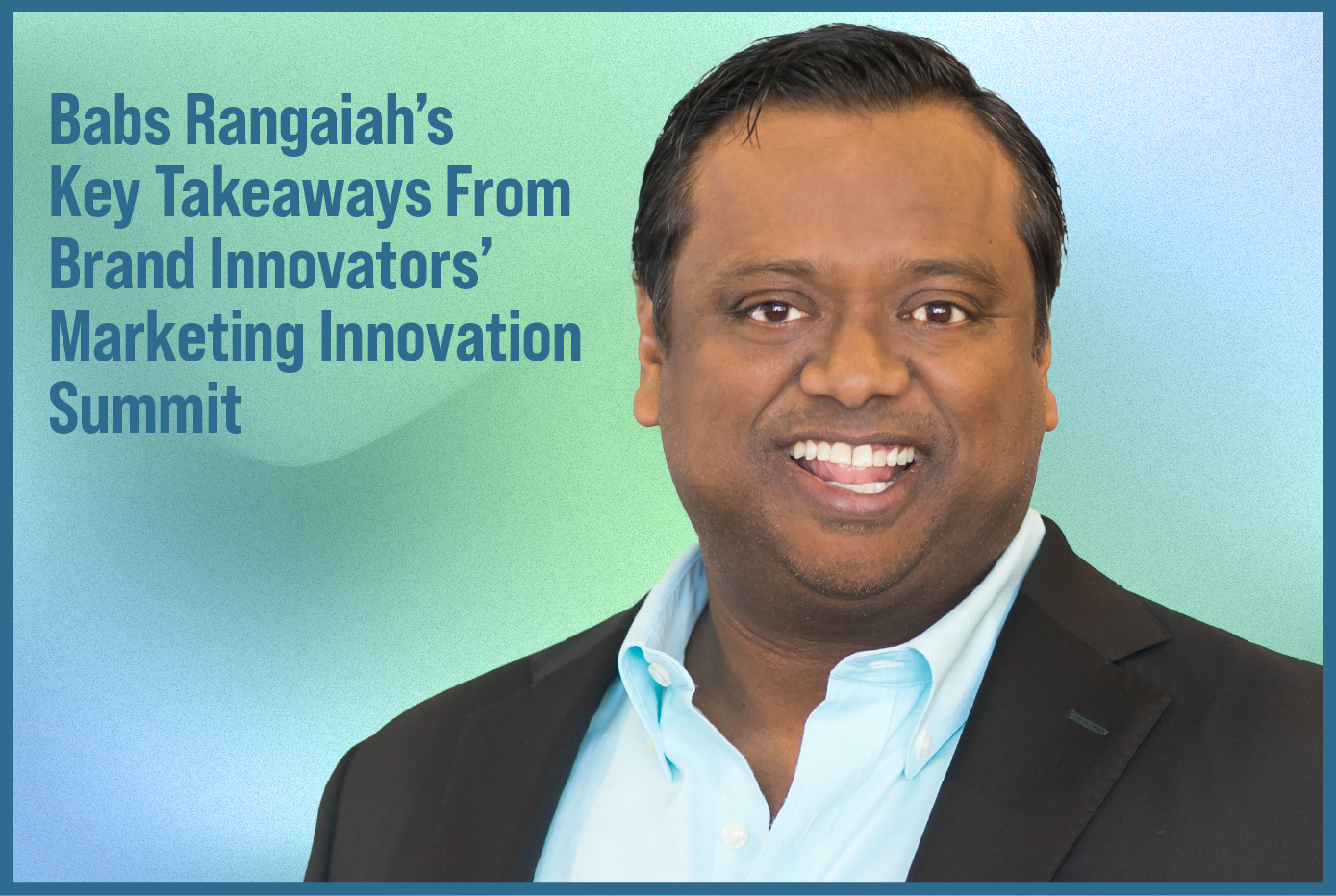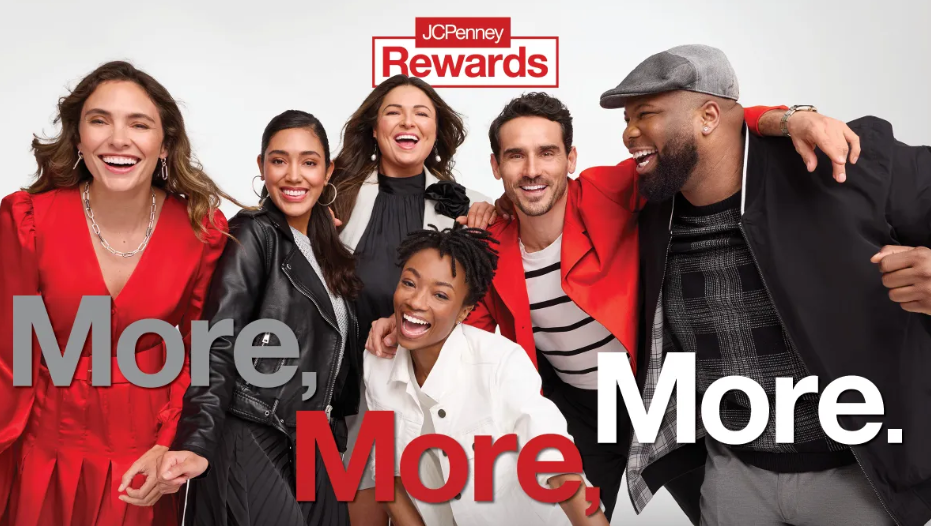Last week, I attended the Brand Innovators Marketing Innovation Summit at the Google offices in NY. Brands, media, tech companies, consultancies and agencies shared their insights on the best way to reach marketers, build awareness, develop relationships and grow their business.
Right off the bat, It was obvious that people were thrilled to be seeing each other live again. We were all invigorated to be back in a position to build relationships in the serendipitous moments that occur during coffee over breakfast and drinks over dinner…like we did at Marc Forgione, in Tribeca. While virtual meetings were an absolute savior during the pandemic, it’s impossible to replicate the energy of live sessions like this. With that, here’s a summary of the key lessons learned over the course of our time together:
Have Your Elevator Pitch Down
- First and foremost, before attempting to start a relationship with the brands you’re trying to build partnerships with, you have to be clear what your own brand is about. You need to know what your brand stands for, and you must be able to communicate this along with your USP –unique selling proposition– in a clear, concise manner whether you’re on stage, on a network break, or over dinner.
Do Your Homework
- “Every battle is won before it is ever fought” is essentially the message that Fernando Machado, CMO, Activision/Blizzard put out: “even before you open a conversation you should know your potential clients inside and out … read their annual report, look at the interviews with their CMO, look at posts, try to see their latest marketing work, so when you present to them, they’ll say ‘wow that person really knows our business’. Often when people pitch me, they just say here’s our product, we’ll put your logo here, and it will cost xxx. I’m not interested in that. When someone comes to me and says ‘hey we did an analysis on the customer journey and if people want to buy Call of Duty, here are three things that you can change to increase sales’, he gets my attention and probably my business. Generic doesn’t work.”
Activations/Events
Broadly there seemed to be three different approaches to this, bucketed as follows:
- One to Many
- One to Few
- One to One
One To Many: Tent pole Events
The tent poles are events such as CES, Super Bowl, SXSW, Cannes, etc. The key to participating in these events as a newbie is to be memorable the way Snapchat (ferris wheel) and TikTok (splashed everywhere) were at Cannes when they started out. A sustaining presence requires you to be contextually relevant with your content and messaging. For example, showcase your tech at CES, your creativity at Cannes, etc.
These tent poles are generally used to build awareness and generate initial meetings. The rest of your calendar/year should be used to build out these relationships and eventually earn their business. However, once you’re there you have to really BE THERE! You can’t be a wallflower. As Chris Detert, CCO of Influential said “you have to get out and be a little braver than you might otherwise. I’ve talked to people over the years who have come to me and said, you know I didn’t really get much out of that and I think ‘are you crazy’? You must have been shy. I got so many leads at the dinners, the evening social activities, the day time events, etc. You can’t expect to get business at the event. You’re there to learn, have fun, build relationships and then later shoot them an email reminding them about the time you spent together or a specific point you discussed and then all of a sudden the doors open.”
One to Few: Experiences, Community, Activities
Community groups such as Brand Innovators are a great way to connect with marketers in more intimate settings with engagements such as: Summits, virtual live-casts, VIP dinners and regional events such as suites at ball games.
Another option is to create your own marketing summit or hold your own small events. But before jumping into that, make sure that you have a full team working on it, have six figures to spend and give yourself a year to plan it.
Best practices include the following:
- Be a facilitator of conversation. Yes, you want to talk to the clients, but you also want them to talk to each other to build community.
- Drive learning between the brands around your area of competence. If they’re all faced with similar challenges and you can provide solutions for this area, that’s a win.
- Create experiences that will be culturally relevant for the brands, memorable and will drive word of mouth (sporting events, concerts, etc…)
These situations give you a seat at the table and where there’s conversation, education and learning there will be natural opportunities for you to help them achieve their goals using your services and products. But regardless of the form factor, many agreed that content and community orientation is really at the heart of this model. One of the panelists said: “we’re finding the smaller more curated events perform really well. We meet new clients at each touchpoint and get to know them in greater depth than at the large events.”
One to One: Account Based Marketing (ABM)
Account-based marketing, is a strategic approach to B2B marketing in which an organization focuses on individual prospect or customer accounts as markets of one. Desiree Daniels, the ABM lead at Google said they’ve seen significant gains in revenue using this method. The following reflects a few of the steps she and others mentioned as keys to succeed using this approach:
- Create a hit list of clients
- Make sure and have data to back, why those clients
- Create hyper focused pursuits
- Identify key topics
- Do “top to tops”
- Follow initial meetings with long running, customized programs
- Plan at least 12 months out
Capture & Harness Your Data
It is important to have a dashboard that integrates your contact data with event tools, so you know what events people are being invited to, what events they attend and tie that information back to leads and deals. One firm said they “keep running lists of all touch points of a relationship in Salesforce and we’re always making sure that we hit those touch points and that we follow back up with people. We sometimes just ping a simple email saying “are you going to xxx event”? Literally with no pitch or anything…and you wouldn’t believe how effective that is. Just asking if they’re going to the event will sometimes break through and start a whole dialogue. It might take a while to close, but when you do, you want to be able to track its course”
This will be more challenging and expensive in the coming year, as we are getting back to doing more in person (which can be harder to track than virtual events), so you really want to have those systems in place to justify the additional spend that will be required.
Thought Leadership:
You need to create a canvas of thought leadership content and IP. A great example was presented by Kelsey Rohwer, SVP at Edelman. She talked about their trust and credibility report on societal leadership called their “Trust Barometer.” They create it in January, launch it at Davos and then amplify it at Cannes. There were several other examples that broadly used the following marketing approach for thought leadership type assets:
- Create the IP/Content
- Activate it at a major industry conference
- Present it to existing clients – maybe in a virtual town hall
- Do roadshows to potential clients
- Hold Industry dinners
- Create a LinkedIn campaign (Paid and Earned)
- Measure engagement on each piece of IP/Content & optimize
Tchotchkes
Tchotchkes have always been a staple at events over the years, presumably because they serve the purpose of getting a company’s name out on desks, bags and what not. But over the pandemic, companies have learned to become creative and more efficient with these. For example, instead of handing something out to everyone, where half ends up in the trash because someone doesn’t really want it or can’t fit it in their luggage, some companies have continued with virtual gifting experiences. In this instance, a card with a QR code is handed out at the event, this is used to take the user to a site where they can choose to get the gift and can have it sent to their home, and if not, then it’s one less item that you have had to pay for.
Enhance Measurement for Purpose
Similar to the CRM and data section, you need to create an analytics system that allows you to do a post event analysis to understand what was considered, what converted and what didn’t. But relative to most B2C marketing, there needs to be a longer leash on B2B marketing. The sheer nature of B2B requires big spending and is often relationship driven so it might take 12 to 24 months to pay out. That said, several of the companies have been able to prove high ROI and in some cases, accurately measuring allowed them to find surprises in what worked and what didn’t. For example, one company showed that their efforts along with a powerful data/tech system, found that unexpectedly, their influencer marketing campaigns had their strongest ROI.
One thing that’s clear, whether it be B2B or B2C marketing, as my former CEO at Unilever, Paul Polman, used to say, “if you can’t measure it you can’t treasure it.”
Babs Rangaiah
CEO, cc:babs




